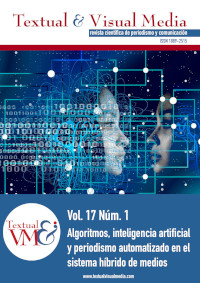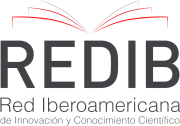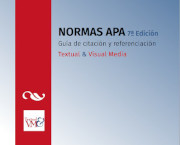Vol. 17 No. 1 (2023): Algorithms, artificial intelligence and automatised journalism in the hybrid system of news media

Thematic editors
Koldobika Meso Ayerdi
koldo.meso@ehu.eus
https://orcid.org/0000-0002-0400-133X
Ainara Larrondo Ureta
ainara.larrondo@ehu.eus
https://orcid.org/0000-0003-3303-4330
Simón Peña Fernández
simon.pena@ehu.eus
https://orcid.org/0000-0003-2080-3241
University of the Basque Country (UPV/EHU)
About this monograph
The transformation of the cybermedia and the emergence of new actors – including the audiences themselves – have led to the formation of a hybrid system in the digital sphere, where multiple actors converge in a common space to create and share informative content.
If the rise of platforms and social networks changed how media outlets created journalistic content and interacted with their audiences, the ongoing technological crisis in digital media has turned algorithms and Artificial Intelligence (AI) into the new challenge that companies and professionals must face.
Thus, the transposition of interactions occurring in different spheres of human activity into digital macrodata represents a multidimensional phenomenon that entails reflections, analyses and complex prospections. Clarifying these debates seems necessary in a context where academic contributions are proliferating. The economic, social, cultural, and technological advances driven by big data or AI are of interest to journalism, both as a profession sensitive to social changes and as an industry generating data and information that serve and impact public opinion.
Journalism is proving to be a fertile field for promoting analyses on big data and AI from multiple perspectives, including those linked to the profession's epistemology, ethics and the business development, but also its research and education. Examining their impact, therefore, requires holistic approaches that include procedural issues related to the industrial production of the profession, while also addressing advanced concepts regarding its value, uses and impacts from perspectives enriched in terms of interdisciplinarity. This is especially crucial in a context where media outlets and professionals strive to maintain control over essential aspects of journalistic activity while confronting increasingly technified innovation.






















